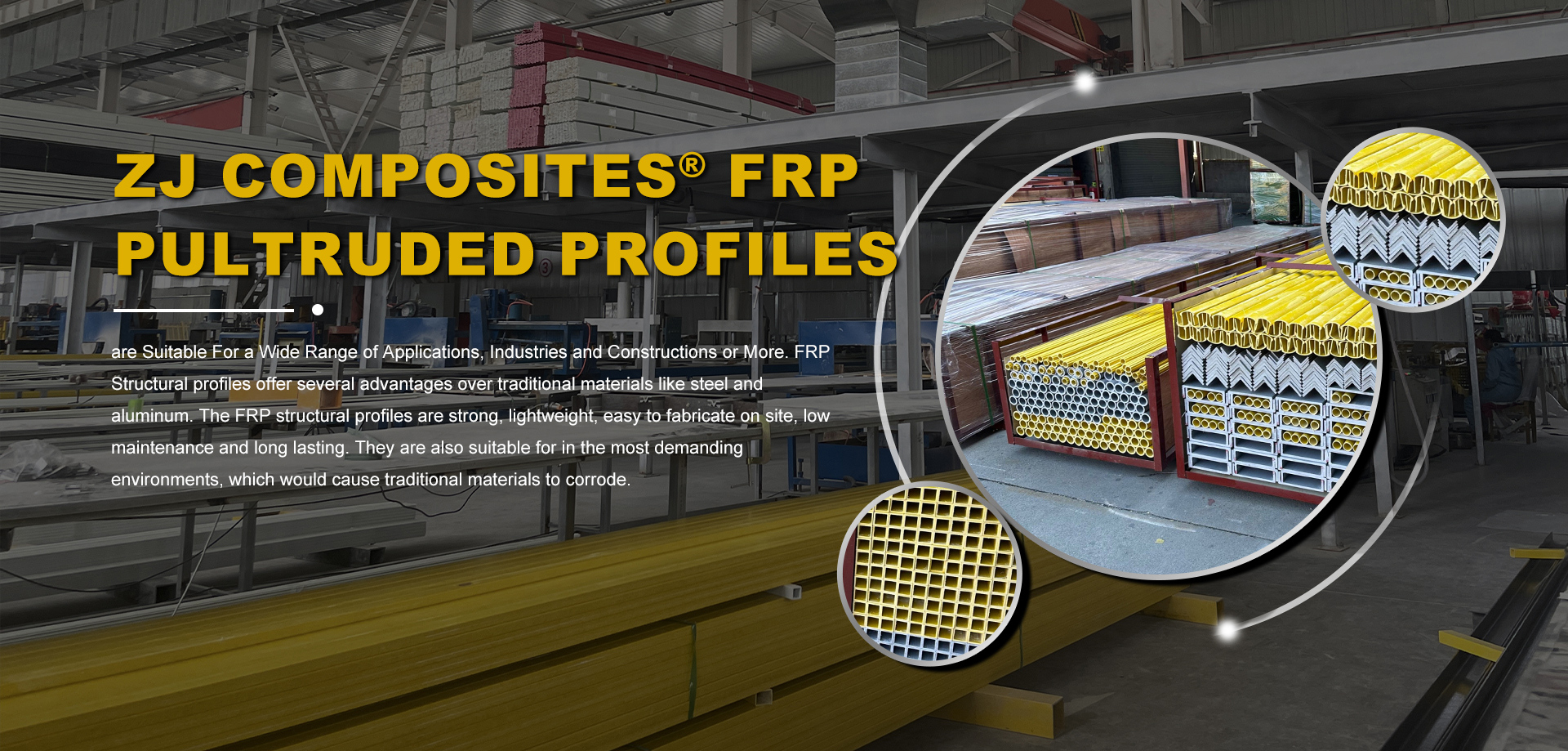loading...
- No. 9, Xingyuan South Street, Dongwaihuan Road, Zaoqiang County, Hengshui, Hebei, China
- admin@zjcomposites.com
- +86 15097380338
- Welcome to visit our website!
frp stair treads
Understanding FRP Stair Treads A Comprehensive Guide
In the realm of construction and safety, selecting the right materials for stair treads is crucial. One innovative option that has gained popularity in recent years is Fiber Reinforced Polymer (FRP). Known for its durability, lightweight properties, and resistance to various environmental challenges, FRP stair treads are becoming a go-to choice for both commercial and residential applications. This article explores the advantages, applications, and considerations of using FRP stair treads.
What is FRP?
Fiber Reinforced Polymer (FRP) is a composite material made by reinforcing a polymer matrix with fibers. These fibers can be glass, carbon, or aramid. The combination results in a material that boasts high strength-to-weight ratios, corrosion resistance, and versatility. FRP is increasingly utilized in numerous sectors, including construction, aerospace, and automotive industries due to its superior material properties.
Advantages of FRP Stair Treads
1. Durability FRP stair treads are highly resistant to wear and tear. They do not rust or corrode, making them ideal for use in environments exposed to moisture, chemicals, or extreme temperatures. This durability ensures that stair treads maintain their appearance and functionality over time, minimizing maintenance costs.
2. Lightweight One of the standout features of FRP is its lightweight nature compared to traditional materials like steel or concrete. This property not only simplifies transportation and installation but also reduces the overall load on structures, which can be crucial in renovations or retrofits.
3. Safety Safety is a paramount concern in stair design. FRP stair treads often come with anti-slip surfaces that provide excellent traction, even in wet or oily conditions. This feature significantly reduces the risk of slips and falls, which is particularly important in commercial settings, such as factories or warehouses.
4. Versatility FRP stair treads are available in various colors, textures, and designs, allowing for customization to match specific aesthetics or branding requirements. Whether for a modern office space or a more traditional setting, FRP can be adapted to suit the environment.
5. Eco-friendly Many FRP products are designed to be environmentally friendly. They can be manufactured using recycled materials and are themselves recyclable at the end of their lifecycle. This aspect appeals to industries looking to reduce their carbon footprint.
Applications of FRP Stair Treads
FRP stair treads are utilized in numerous settings, reflecting their versatility
frp stair treads

- Industrial Facilities In factories and warehouses, where spills and heavy foot traffic are common, FRP treads offer the durability and slip resistance needed for safety.
- Commercial Buildings Retail spaces, office buildings, and hospitality venues benefit from the aesthetic appeal and performance of FRP stair treads, enhancing the overall visitor experience.
- Marine Environments Given their resistance to saltwater corrosion, FRP stair treads are ideal for docks, marinas, and ships, where traditional materials would succumb to the harsh conditions.
- Outdoor Applications Parks, decks, and outdoor staircases can utilize FRP for its ability to withstand UV exposure and constant weather changes without degrading.
Considerations When Choosing FRP Stair Treads
While the benefits of FRP stair treads are considerable, there are factors to consider before making a selection
- Cost While FRP can be more affordable than other materials in the long run due to its durability and low maintenance requirements, initial costs may be higher. It's essential to analyze the total cost of ownership when making a decision.
- Load Requirements Ensure that the chosen FRP treads can meet the structural and load requirements of the intended location. Consulting with a professional can provide clarity on the right specifications.
- Aesthetic Preferences With various options available, it is crucial to select colors and designs that align with the overall design theme of the space.
Conclusion
In summary, FRP stair treads offer a blend of durability, safety, and aesthetic versatility, making them a valuable addition to various construction projects. As industries continue to innovate and prioritize sustainable practices, FRP materials are likely to play an increasingly prominent role in future designs. Whether for industrial, commercial, or residential use, understanding the benefits and applications of FRP stair treads can lead to more informed and safer architectural choices.
-
The Rise of FRP Profiles: Strong, Lightweight, and Built to LastNewsJul.14,2025
-
SMC Panel Tanks: A Modern Water Storage Solution for All EnvironmentsNewsJul.14,2025
-
GRP Grating: A Modern Solution for Safe and Durable Access SystemsNewsJul.14,2025
-
Galvanized Steel Water Tanks: Durable, Reliable, and Ready for UseNewsJul.14,2025
-
FRP Mini Mesh Grating: The Safer, Smarter Flooring SolutionNewsJul.14,2025
-
Exploring FRP Vessels: Durable Solutions for Modern Fluid HandlingNewsJul.14,2025
-
GRP Structures: The Future of Lightweight, High-Performance EngineeringNewsJun.20,2025
